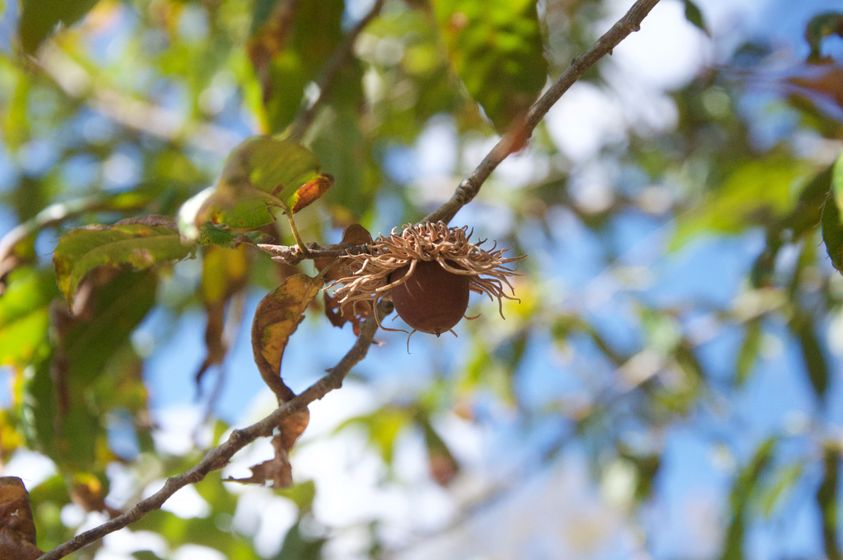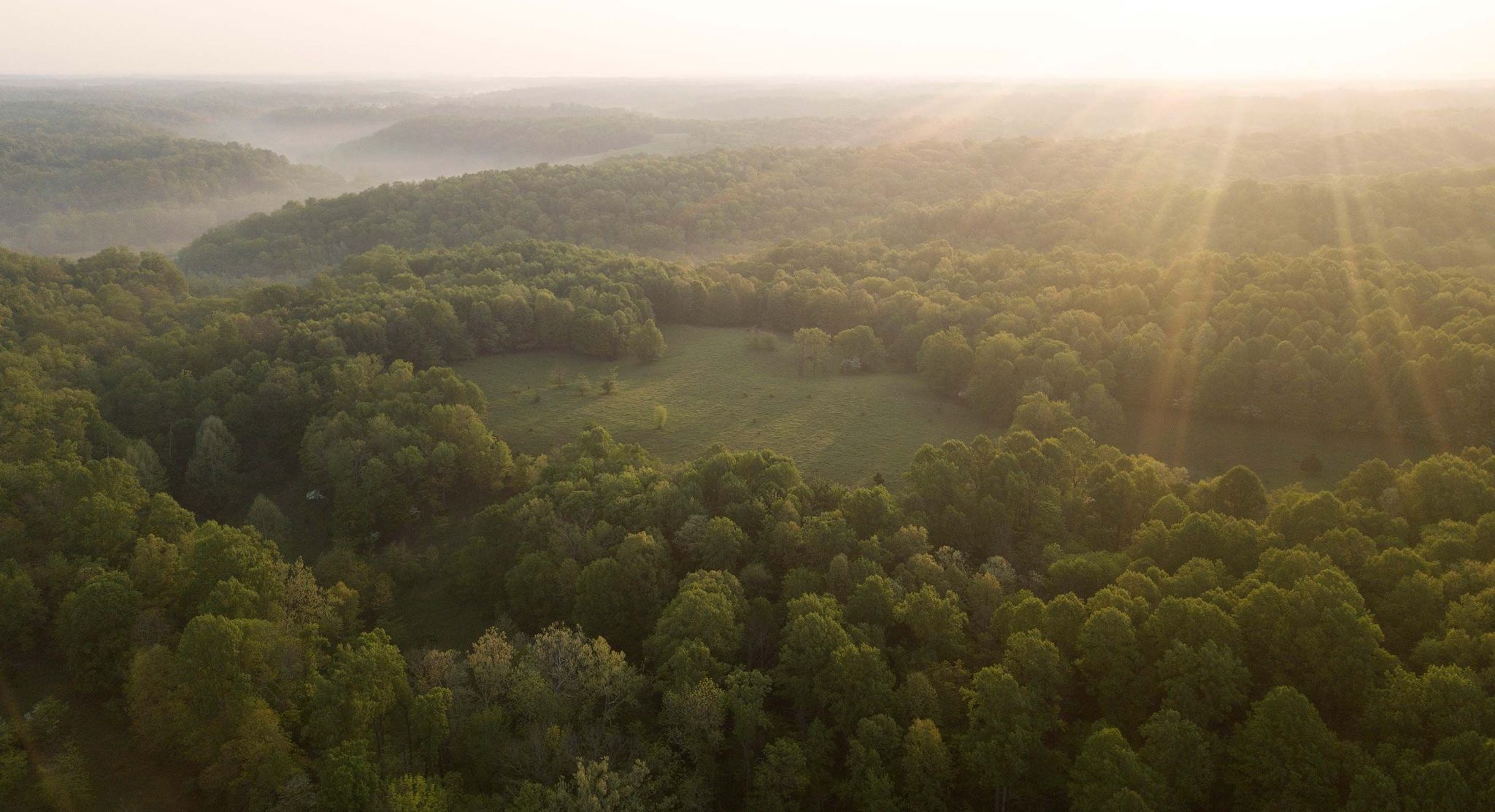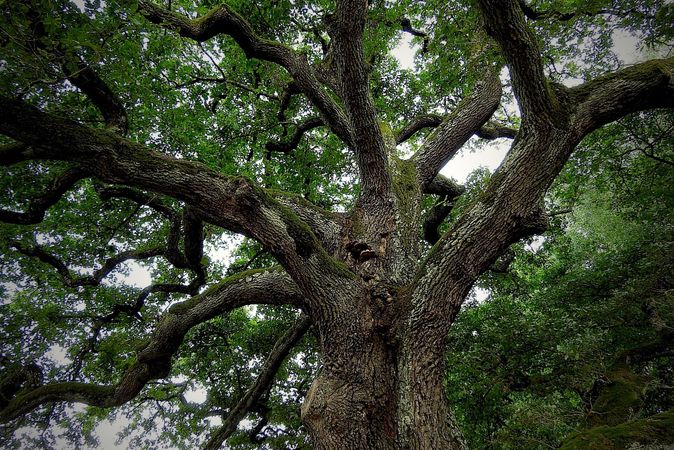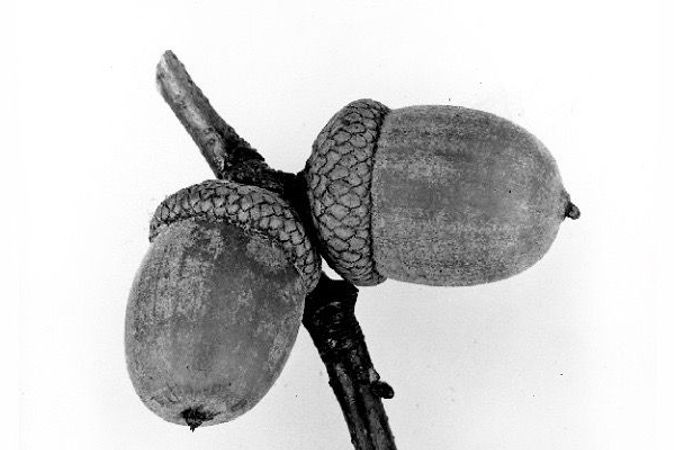An Auburn University Wildlife Sciences professor once said that a deer would get down on its knees and walk from Washington to Tennessee just for one acorn from the sawtooth oak. He may have been right.
The sawtooth oak gets its name from the serrated edges of its leaves. It’s said to have been imported from Asia in the 1920s as merely a decorative tree. It wasn’t until 50 years later that landowners began to see the real benefits: fast growth, early acorn production and a high preference by deer. Soon nurseries began to produce seedlings, and hunters began planting them on their hunting properties. The acorns begin falling around mid-late September, just in time for archery season to kick off.
If you’re looking to go to your nearest nursery to grab some seedlings and start planting a couple of these trees, we don’t blame you. Here are tips for planting and maintaining theses oaks.
Planting
Like most trees, sawtooth oaks need to be planted in the fall (though early winter is often considered OK too). You can often find seedlings that can be transported to the ground immediately after receiving them. Fertilizer is the key to growing healthy and producing sawtooth oaks. We recommend a well-balanced fertilizer, such as 13-13-13. You’ll need about one pound of this for every tree you’re planning to plant.
Choose an area on your property that receives an adequate amount of sunlight and has well-drained soil. A lack of sunlight will stunt the growth of the tree and won’t allow it to bear acorns. A wide-open field or a large clearing in the woods makes a great spot. Sawtooth oaks can reach a maximum height of 70 feet, and a width of 35 to 50 feet. And plants should be spaced 20 feet apart.
Saplings will almost always fall victim to weeds. Make sure you keep an eye on your growing trees and remove any and all weeds that grow within 3 feet of them. It’s also best to tie a brightly colored piece of tape around each tree to prevent it from being mowed in its early stages.
Maintaining
After you’ve planted and fertilized your trees, it’s not time to sit back and let the tree be. The success of sawtooth oaks relies on maintenance. Although deer love the acorns produced by this tree, they can be hard on them while they are still young. Bucks, for example, like to rub the softwood off. A way to prevent this is to use plastic tubing to wrap the trunk of the tree and use zip ties to secure it. Once the trees have matured enough to be safe from bucks, you can remove the wrap easily.
When spring comes, it’s time to fertilize. The younger trees will benefit greatly from this. There are a couple of methods you can use when fertilizing. The easiest and most convenient method is using fertilizer spikes. All it requires is making a hole near each sawtooth oak and dropping the spike in and covering it back up with the soil. The other method is spreading fertilizer around each tree’s drip line. Either method, when done properly, will ensure the health of your sawtooth oaks.
Sawtooth oaks are generally easy to grow and maintain. And while a whitetail deer may not literally crawl the length of the country for an acorn, they will be waiting beneath the trees when acorns start dropping in mid-September.







